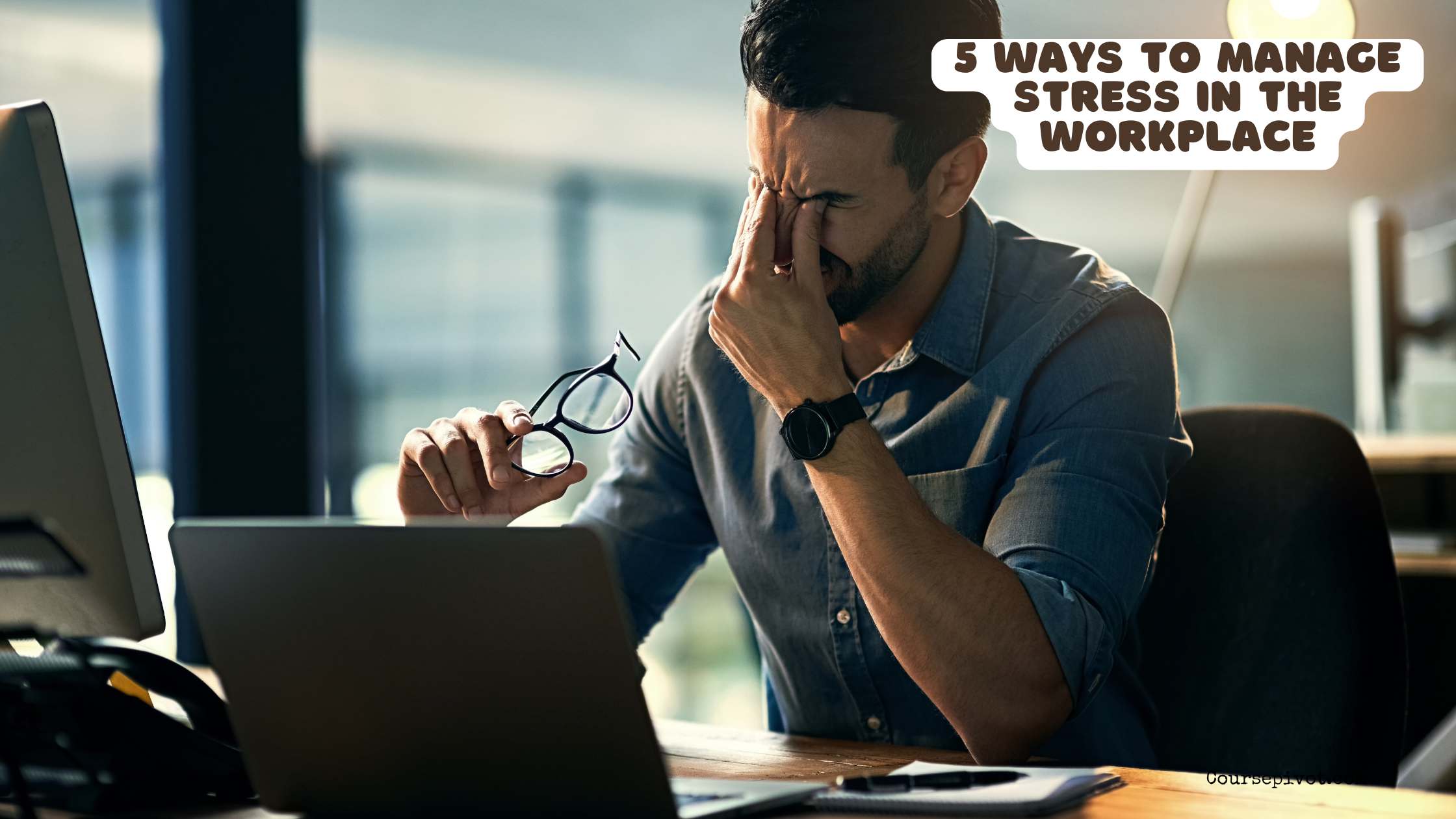
50 Ways to Manage Stress in the Workplace
Workplace stress affects 70% of employees, leading to burnout and reduced productivity, according to a 2024 American Psychological Association study. Managing stress effectively can boost mental health, improve job performance, and enhance well-being. This blog lists 50 practical ways to manage workplace stress, organized into five categories, to help you stay calm and focused. From mindfulness to boundary-setting, these strategies, backed by research, empower you to thrive in high-pressure environments.
Table of Contents
Mindfulness and Mental Health
These techniques focus on calming the mind and building emotional resilience to handle workplace pressures effectively.
- 🧘 Practice 5-minute mindfulness meditation during breaks.
- 😤 Use deep breathing exercises before meetings.
- 📝 Journal thoughts to process work-related stress.
- 🧠 Visualize a calm scenario to reset during tense moments.
- 🙏 Practice gratitude by noting three positive work moments daily.
- 🕒 Take short mental breaks every hour to refocus.
- 🎧 Listen to calming music during repetitive tasks.
- 🌿 Use aromatherapy, like lavender, at your desk.
- 🧘♀️ Try a quick desk yoga stretch to release tension.
- 😊 Reflect on a small daily win to boost mood.
Time Management and Organization
Effective time management reduces overwhelm by prioritizing tasks and creating structure, minimizing stress triggers.
- 📅 Create a daily to-do list with priorities.
- ⏰ Set specific time blocks for focused work.
- 📂 Organize your workspace for efficiency.
- 🔔 Turn off non-essential notifications to avoid distractions.
- 📆 Plan your week ahead every Sunday.
- ✅ Break large projects into smaller, manageable tasks.
- 🛑 Delegate tasks when possible to lighten your load.
- 📋 Use apps like Trello to track project progress.
- 🕑 Set realistic deadlines to avoid last-minute rushes.
- 📉 Review and adjust your schedule weekly for balance.
Physical Health and Activity
Physical activity and healthy habits counteract stress by boosting endorphins and maintaining energy levels.
- 🚶 Take a 10-minute walk during lunch breaks.
- 💪 Do desk stretches to relieve physical tension.
- 💧 Drink 8 cups of water daily to stay hydrated.
- 🍎 Pack healthy snacks like nuts or fruit.
- 🛌 Aim for 7-9 hours of sleep nightly.
- 🏃 Join a workplace fitness challenge or group.
- 🥗 Choose balanced meals to stabilize energy.
- 🧴 Apply hand lotion mindfully to relax briefly.
- 🚴 Bike or walk to work if feasible.
- 😴 Take a 5-minute power nap if permitted.
Social Support and Communication
Building workplace relationships and clear communication reduces stress by fostering support and clarity.
- 🤝 Chat with a coworker during a coffee break.
- 🙋 Ask for feedback to clarify expectations.
- 🗣️ Communicate workload concerns with your manager.
- 🤗 Join a workplace social group or club.
- 📞 Call a supportive colleague for a quick vent.
- 😄 Share a lighthearted moment with your team.
- 🙌 Express appreciation to a coworker for help.
- 🤲 Offer to assist a struggling colleague.
- 🗳️ Participate in team-building activities.
- 📧 Set clear email boundaries to avoid after-hours stress.
Setting Boundaries and Work-Life Balance
Establishing boundaries protects personal time and prevents burnout, creating a sustainable work environment.
- 🚫 Say no to non-essential tasks politely.
- 🕔 Log off work emails after hours.
- 🏡 Schedule personal time for hobbies or family.
- 🛑 Set limits on overtime to preserve energy.
- 📴 Silence work notifications during weekends.
- 🧘♂️ Practice saying “I’ll get back to you” to manage requests.
- 🏖️ Take vacation days to recharge fully.
- 🛠️ Create a dedicated workspace to separate work and home.
- 🕰️ Prioritize one personal goal outside work weekly.
- 🙅♂️ Decline meetings without clear agendas.
Why These Strategies Matter
Managing workplace stress is crucial, as 70% of employees experience it, per 2024 research, impacting health and productivity. These 50 strategies—spanning mindfulness, time management, physical health, social support, and boundaries—reduce stress by up to 25%, according to Journal of Occupational Health studies. Ignoring stress risks burnout, affecting 30% of workers annually, per APA data. Implementing these habits fosters resilience, enhances job satisfaction, and promotes a healthier work-life balance, ensuring you thrive under pressure.
FAQs
What are 5 effective ways to manage stress?
Five effective ways include practicing mindfulness meditation, organizing tasks with a to-do list, taking short walks, staying hydrated, and setting work-hour boundaries. These reduce cortisol and improve focus, per 2024 Journal of Clinical Psychology findings, promoting calm and productivity.
How do you manage stress in the workplace?
Manage workplace stress by using deep breathing, prioritizing tasks, engaging in physical activity, seeking coworker support, and logging off after hours. These strategies, backed by 2023 Occupational Health Science studies, lower stress by fostering control and resilience.
What are the 5 A’s of stress management?
The 5 A’s—Awareness, Assess, Act, Adapt, and Accept—involve recognizing stress triggers, evaluating their impact, taking action (e.g., meditation), adjusting habits, and accepting what you can’t change. This framework, from 2024 stress research, promotes proactive stress relief.
What are the 5 R’s of stress management?
The 5 R’s—Recognize, Relax, Reframe, Respond, and Reflect—involve identifying stress, using relaxation techniques, rethinking negative thoughts, acting with solutions like exercise, and reflecting on progress. These steps, noted in 2023 Journal of Behavioral Medicine, build stress resilience.
Cite this article
You can copy and paste your preferred citation format below.
Martin, L. & Arquette, E.. (2025, August 25). 50 Ways to Manage Stress in the Workplace. Coursepivot.com. https://coursepivot.com/blog/50-ways-to-manage-stress-in-the-workplace/



